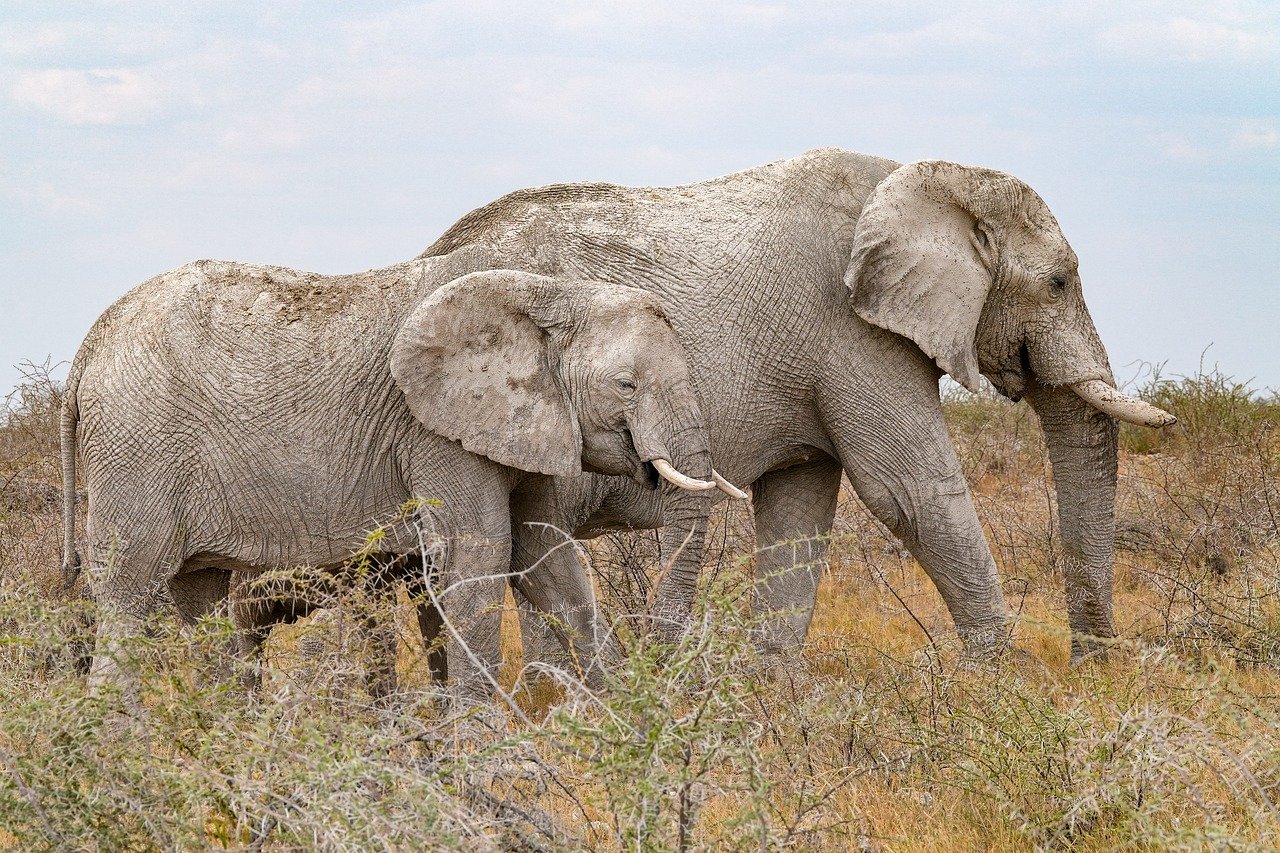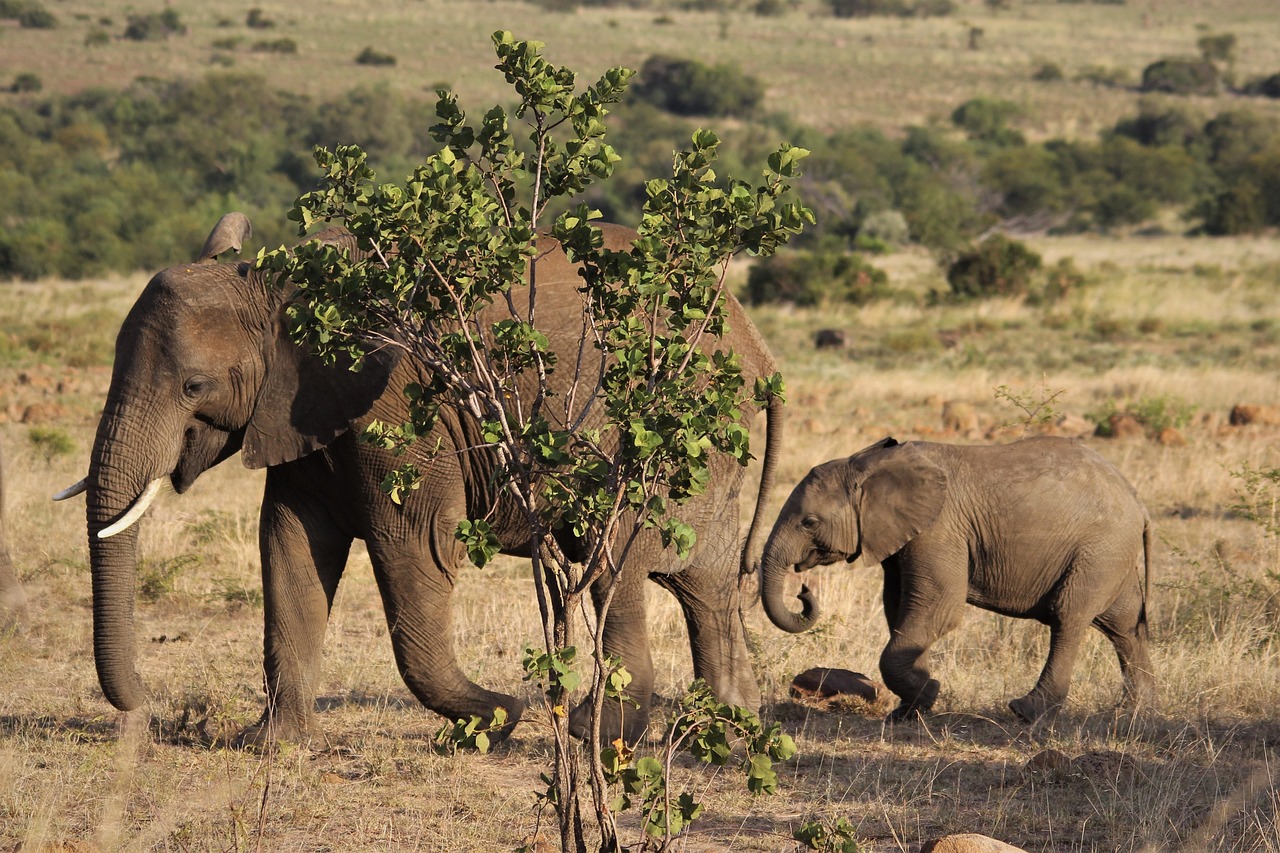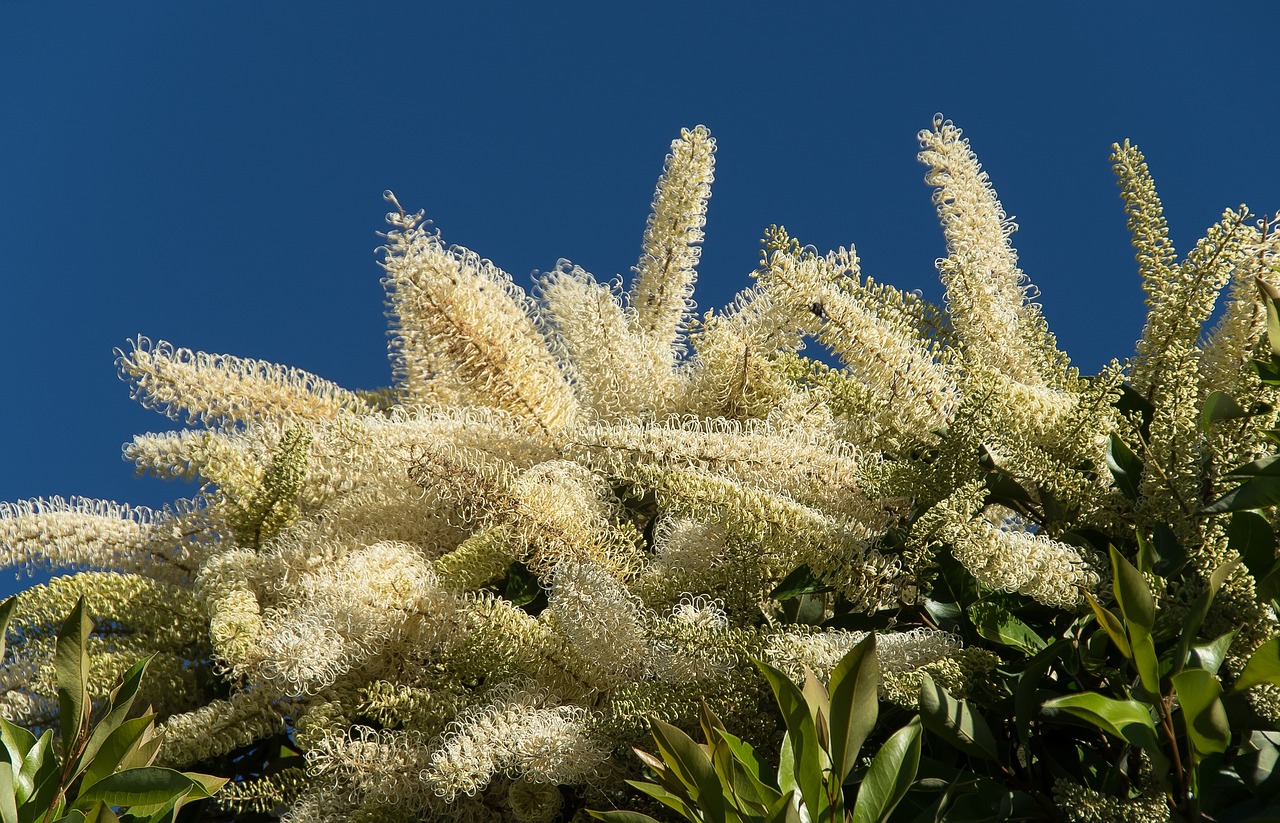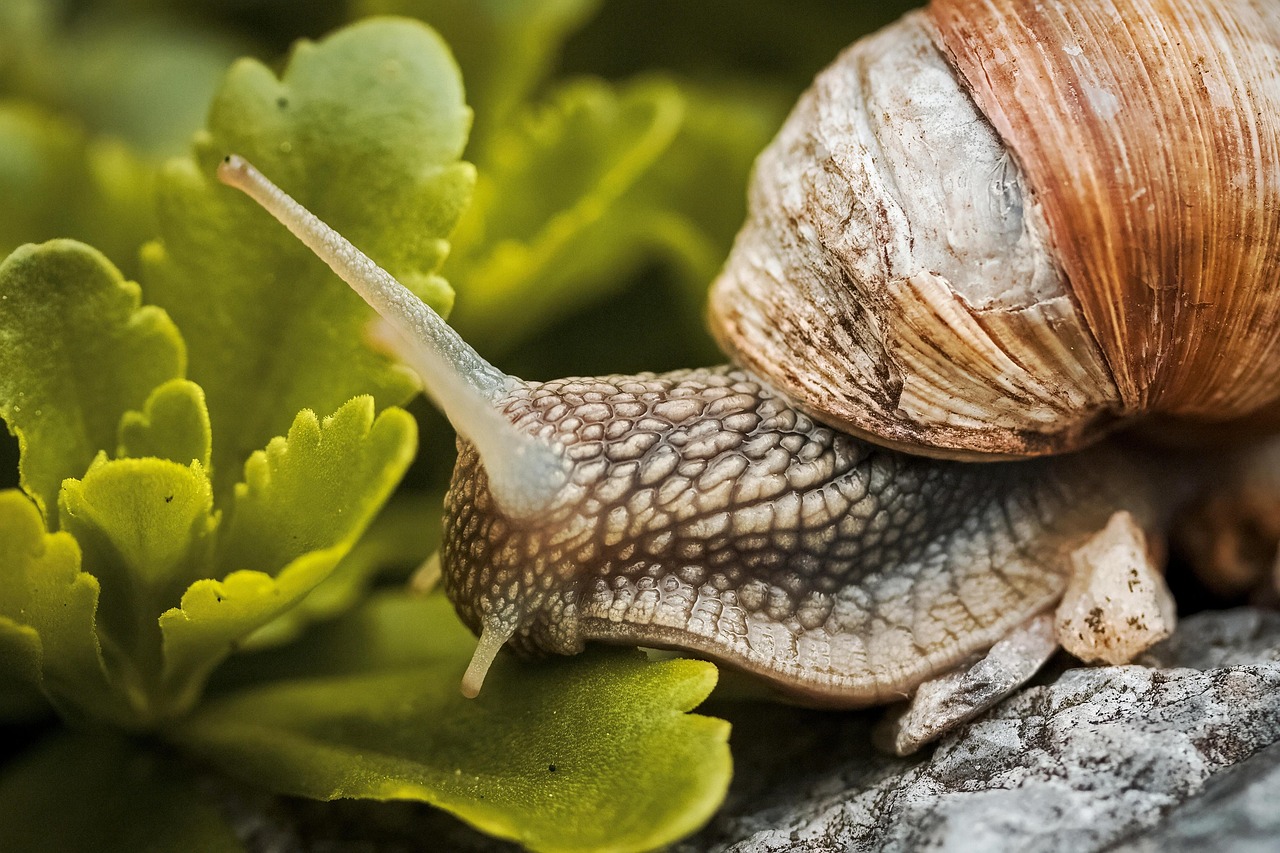The Ivory Curl Tree, known scientifically as *Buckinghamia celsissima*, exhibits a moderate growth rate in Australian landscapes, typically reaching heights of 10 to 20 meters over a span of 15 to 25 years under optimal conditions.
Understanding the Ivory Curl Tree
The Ivory Curl Tree is a native Australian species found primarily in subtropical and tropical rainforests. It is renowned for its distinctive ivory-colored flowers, which bloom in spring and summer. These flowers are not only aesthetically pleasing but also attract various pollinators, including bees and butterflies. The tree’s unique appearance and ecological benefits make it a popular choice for landscaping and reforestation efforts in suitable regions.

In terms of habitat, the Ivory Curl Tree thrives in well-drained soils, often found in areas with rich organic matter. It prefers locations with partial shade but can tolerate full sunlight once established. The tree is also known to be moderately drought-tolerant, making it a resilient addition to gardens and parks in Australia.
Growth Characteristics
The growth rate of the Ivory Curl Tree can vary depending on several factors, including soil quality, moisture levels, and climate conditions. Generally, this tree is considered to have a moderate growth rate compared to other Australian native species. Here are some key growth characteristics:
- Height: Can reach 10 to 20 meters.
- Trunk Diameter: Typically grows to about 30 to 50 centimeters.
- Leaf Structure: Features glossy green leaves that are lance-shaped and can grow up to 15 centimeters long.
- Flowering Period: Blooms from late spring to early summer.
Factors Influencing Growth Rate
Several environmental factors can significantly influence the growth rate of the Ivory Curl Tree. Understanding these factors can help gardeners and landscapers create the ideal conditions for this tree to flourish.

Soil Quality
The quality of the soil plays a crucial role in the growth of the Ivory Curl Tree. Well-drained, fertile soils enriched with organic matter support healthier growth. Poorly drained or compacted soils can hinder root development and overall growth rates.
Water Availability
Irrigation practices also affect the growth rate. While the Ivory Curl Tree is somewhat drought-tolerant, consistent watering during dry spells promotes faster growth. However, it is important to avoid waterlogging, which can damage the roots.
Climate Conditions
The tree thrives in warm, humid climates typical of northeastern Australia. It is sensitive to frost, which can stunt its growth or even kill young trees. When grown outside its ideal climate range, the growth rate can be negatively impacted.

Growth Rate Comparisons
To better understand how the Ivory Curl Tree compares to other native species in Australia, a comparison table is useful. The following table illustrates growth rates of several Australian trees:
| Tree Species | Average Height (meters) | Growth Rate (years to maturity) |
|---|---|---|
| Ivory Curl Tree (*Buckinghamia celsissima*) | 10-20 | 15-25 |
| Australian Beech (*Nothofagus moorei*) | 15-30 | 20-40 |
| Red Gum (*Eucalyptus camaldulensis*) | 20-40 | 10-20 |
| Tallowwood (*Eucalyptus microcorys*) | 20-30 | 15-25 |
This table highlights that while the Ivory Curl Tree has a moderate height and a reasonable time frame to reach maturity, other species like the Red Gum can grow taller and reach maturity faster under optimal conditions. Understanding these dynamics can assist in selecting the right trees for specific landscaping goals.
Overall, the Ivory Curl Tree is an excellent option for enhancing biodiversity and adding beauty to Australian landscapes. Its moderate growth rate, combined with its ecological benefits, makes it a valuable addition to gardens, parks, and conservation efforts.

Propagation Methods of the Ivory Curl Tree
Successful cultivation of the Ivory Curl Tree begins with understanding how to propagate it effectively. There are several methods available for propagating this species, each with its own advantages and challenges. The most common propagation methods include:
- Seed Propagation: This is the most traditional method. Seeds can be collected from mature trees and require specific conditions for germination.
- Cuttings: Taking cuttings from healthy branches can also lead to successful propagation. This method requires careful timing and conditions.
- Grafting: For those looking to combine characteristics of different species, grafting may be a suitable option. However, this method requires skill and experience.
Seed Propagation Details
Seed propagation is the most straightforward method. Here are the steps involved in growing Ivory Curl Trees from seeds:
- Seed Collection: Harvest seeds from mature pods during late summer or early fall.
- Preparation: Clean the seeds by removing any debris. Soaking them in water for 24 hours can help improve germination rates.
- Sowing: Plant seeds in well-drained potting soil, approximately 1-2 centimeters deep.
- Watering: Keep the soil moist but not waterlogged. Use a spray bottle to avoid over-saturating the soil.
- Conditions: Place pots in a warm location with indirect sunlight. Germination typically occurs within 3 to 6 weeks.
Cutting Propagation Technique
Using cuttings is another effective way to propagate the Ivory Curl Tree. This method is especially useful for preserving specific traits from parent trees.
- Selecting Cuttings: Choose healthy, semi-hardwood cuttings that are about 10-15 centimeters long and have several leaves.
- Treatment: Dip the cut end into a rooting hormone to promote root development.
- Planting: Insert the cuttings into a pot filled with a mixture of perlite and peat moss to ensure good drainage.
- Care: Keep the soil consistently moist and place the pot in a shaded area until roots develop, which can take several weeks.
Cultivation Practices for Optimal Growth
After successfully propagating Ivory Curl Trees, it is essential to implement proper cultivation practices to ensure healthy growth. Here are some recommended practices:
Watering Strategies
The watering needs of the Ivory Curl Tree change with its age and environmental conditions. Young trees require more frequent watering until they establish a robust root system. Established trees generally need less water but should be monitored during prolonged dry spells.
Nutrient Management
Fertilization is important for healthy growth. A balanced, slow-release fertilizer applied during the growing season can help boost nutrient levels in the soil. It is essential to avoid over-fertilization, which can lead to excessive leaf growth at the expense of flowering.
Pest and Disease Control
The Ivory Curl Tree is generally resistant to many pests and diseases, but it can still be susceptible to certain issues:
- Scale Insects: These pests can weaken the tree by sucking sap. Regular inspection and horticultural oil treatments can help control infestations.
- Fungal Diseases: Ensure proper air circulation around the tree to prevent fungal issues. If detected, treatment with fungicides may be necessary.
Landscaping Uses and Benefits
The Ivory Curl Tree is not only valued for its aesthetic appeal but also for its ecological contributions. Here are some notable landscaping uses and benefits:
- Shade Tree: Its broad canopy provides excellent shade, making it suitable for parks and gardens.
- Wildlife Habitat: The flowers attract birds and pollinators, promoting biodiversity in landscaped areas.
- Erosion Control: Its root system helps stabilize soil, preventing erosion on slopes and embankments.
This tree serves as a beautiful addition to both public parks and private gardens. Its unique features make it an attractive choice for enhancing landscapes while supporting local wildlife.
By employing effective propagation techniques and cultivation practices, gardeners can enjoy the beauty and benefits of the Ivory Curl Tree in Australian landscapes. Understanding its growth requirements will lead to successful planting and long-term enjoyment.
Environmental Adaptations of the Ivory Curl Tree
The Ivory Curl Tree has developed several adaptations that allow it to thrive in the diverse environments of Australia. Understanding these adaptations can provide insights into how the tree interacts with its surroundings and how it can be effectively cultivated.
Soil Adaptability
This species is known for its ability to adapt to a variety of soil types, but it particularly thrives in well-drained, loamy soils rich in organic matter. The tree’s root system is designed to access nutrients and moisture efficiently, allowing it to grow even in less fertile conditions.
Water Efficiency
The Ivory Curl Tree exhibits a remarkable efficiency in water use. Its deep root system enables it to tap into underground water reserves, making it more resilient during dry spells. This characteristic is essential for its survival in regions prone to drought.
Temperature Tolerance
This tree is well-suited to warm and humid conditions, typical of its native habitat in northeastern Australia. However, it can tolerate a range of temperatures and is somewhat resistant to cooler climates, though young trees may be sensitive to frost. Understanding temperature tolerance is crucial for planting in marginal areas.
Common Uses of the Ivory Curl Tree
Aside from its ecological benefits, the Ivory Curl Tree has various practical uses that enhance its value in Australian landscapes. Here are some of the most common applications:
- Ornamental Planting: Due to its stunning ivory flowers and attractive foliage, the tree is popular in ornamental gardens.
- Street and Park Trees: Its size and shade-providing canopy make it suitable for urban environments, providing comfort in public spaces.
- Reforestation Projects: The Ivory Curl Tree is often used in reforestation initiatives because of its ability to improve biodiversity.
Cultural Significance
The Ivory Curl Tree holds a special place in Australian culture and identity. It is not only appreciated for its beauty but also for its role in local ecosystems. Various Aboriginal communities have recognized the importance of this tree, utilizing its timber and enjoying its aesthetic value.
Traditional Uses
Historically, Indigenous Australians have used trees like the Ivory Curl for various purposes, including:
- Craftsmanship: The wood can be used for making tools and implements.
- Medicinal Uses: Various parts of the tree have been used traditionally for medicinal purposes, although specific practices may vary by region.
Modern Recognition
In recent years, the Ivory Curl Tree has gained recognition for its conservation value. As urbanization increases, preserving native species like this tree becomes critical for maintaining biodiversity. Efforts are underway to promote its planting in urban settings and encourage public awareness about its benefits.
Challenges Facing the Ivory Curl Tree
Despite its many advantages, the Ivory Curl Tree faces several challenges that can impact its growth and survival. Awareness of these challenges can help gardeners and conservationists take proactive measures.
Climate Change Impacts
As climate change progresses, shifts in rainfall patterns and increased temperatures may affect the growth patterns of native trees, including the Ivory Curl Tree. Drought conditions may become more severe, stressing established trees and saplings alike.
Pests and Diseases
While generally resilient, the Ivory Curl Tree can be susceptible to certain pests and diseases that may threaten its health:
- Leaf Spot Disease: This fungal condition can lead to leaf drop and reduced vigor. Regular monitoring and prompt treatment can mitigate this issue.
- Pests: Scale insects, as mentioned earlier, can weaken trees by feeding on sap. Integrated pest management strategies should be employed for effective control.
Conclusion of Section Insights
The adaptability and resilience of the Ivory Curl Tree make it a valuable asset in Australian landscapes. Understanding its environmental adaptations, common uses, cultural significance, and challenges provides a comprehensive view of this remarkable species. With proper care and awareness, the Ivory Curl Tree can continue to thrive and enrich both natural ecosystems and urban environments alike.
Future Prospects for the Ivory Curl Tree
As interest in sustainable landscaping and biodiversity conservation grows, the Ivory Curl Tree is poised to play an even more significant role in Australian ecosystems. Its adaptability, aesthetic appeal, and ecological benefits make it a prime candidate for various applications in urban planning and reforestation efforts.
Role in Urban Forestry
Urban areas are increasingly recognizing the importance of green spaces for improving air quality, providing shade, and enhancing overall community well-being. The Ivory Curl Tree can contribute to these goals through:
- Shade Provision: Its broad canopy offers considerable shade, which can lower urban temperatures and reduce energy costs for cooling.
- Aesthetic Value: The tree’s striking flowers attract attention, making it an appealing choice for parks, streetscapes, and public gardens.
- Wildlife Support: By attracting native birds and pollinators, the Ivory Curl Tree helps to sustain urban biodiversity.
Contributions to Biodiversity and Ecosystem Health
The Ivory Curl Tree is essential for maintaining healthy ecosystems. Its ability to provide food and habitat for various wildlife species contributes to a balanced ecological community. Furthermore, as more land is developed for urban use, preserving native trees like the Ivory Curl is critical for:
- Preventing Habitat Loss: Protecting native flora helps safeguard the habitats of local fauna and retains biodiversity.
- Enhancing Soil Health: The tree’s root systems can improve soil structure and fertility over time through organic matter contributions.
- Carbon Sequestration: Trees capture carbon dioxide from the atmosphere, helping mitigate climate change impacts.
Community Engagement and Education
Promoting awareness of the Ivory Curl Tree and its benefits can foster a community-focused approach to conservation. Educational programs can highlight its importance and inspire local residents to participate in planting initiatives. Collaborative efforts among schools, community organizations, and governmental bodies can drive public interest in native species.
Local Workshops and Planting Events
Organizing workshops that educate participants about the tree’s ecological role, propagation techniques, and care practices can encourage community involvement. Local planting events can create a sense of ownership and pride in preserving native species.
Final Thoughts
The Ivory Curl Tree stands out as a vital component of Australian landscapes. Its moderate growth rate and resilience make it an ideal choice for both urban and natural settings. As communities become more aware of the environmental benefits provided by native trees, the Ivory Curl Tree can help foster a healthier ecosystem.
By understanding its propagation methods, cultivation practices, and environmental adaptations, gardeners and conservationists alike can ensure the long-term success of this beautiful species. With ongoing awareness and education efforts, the Ivory Curl Tree will continue to enhance biodiversity and contribute positively to Australian environments for generations to come.
The future of the Ivory Curl Tree looks promising as it adapts to changing climates, supports wildlife, and provides essential ecosystem services. By embracing this remarkable species, Australians can work together to preserve their rich natural heritage while enjoying the many benefits that the Ivory Curl Tree has to offer.
